I Moccoletti
I Moccoletti is a pleasant etching and hand-colored gouache, finely engraved on copper and printed on laid paper. The artwork is unsigned, but it is part of the 20 plates engraved in 1820 by the Swedish artist Carl Gustaf Hjalmar Mörner (or umo?rner) during his stay in Rome, certainly influenced by the style and manner of the coeval folkloric prints made by Bartolomeo Pinelli (cfr. Hermanin F., Una collezione di stampe e disegni dell’antico carnevale romano , Bollettino d’Arte, Rome, year I,b January 1907, p. 28, cit.).
The title is engraved on plate on the lower center, and the print is numbered 17 on the lower right. The quality and the conditions of preservation of the print are very good. On the lower margin, there is a light abrasion of the paper that does not affect the reading of the artwork.
The print, besides the pleasantness of the strokes and colors, is a folkloric and fun image of Roman life during the 19 th century.
I Moccoletti is a pleasant etching and hand-colored gouache, finely engraved on copper and printed on laid paper. The artwork is unsigned, but it is part of the 20 plates engraved in 1820 by the Swedish artist Carl Gustaf Hjalmar Mörner (or umo?rner) during his stay in Rome, certainly influenced by the style and manner of the coeval folkloric prints made by Bartolomeo Pinelli (cfr. Hermanin F., Una collezione di stampe e disegni dell’antico carnevale romano , Bollettino d’Arte, Rome, year I,b January 1907, p. 28, cit.).
The title is engraved on plate on the lower center, and the print is numbered 17 on the lower right. The quality and the conditions of preservation of the print are very good. On the lower margin, there is a light abrasion of the paper that does not affect the reading of the artwork.
The artwork represents a moment of the famous Roman Carnival, in particular the so-called Festa dei Moccoletti , which was celebrated in Via del Corso in the evening of the Fat Tuesday , with the collective game in which people had to keep their candles lighted-up (in Roman dialect moccoletto ) whilst trying to blow those of the other participants. In this piece, many characters are depicted, both men and women, in disguise or in costumes of their epoch, some on the stage, some in carriages, and some holding a lighted candle.
The print, besides the pleasantness of the strokes and colors, is a folkloric and fun image of Roman life during the 19 th century.




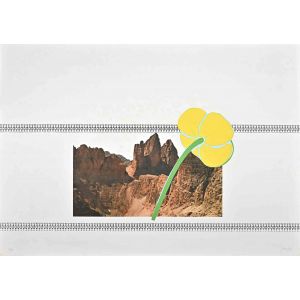
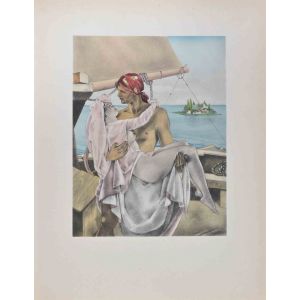
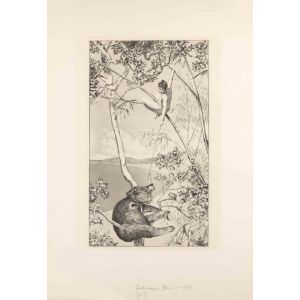
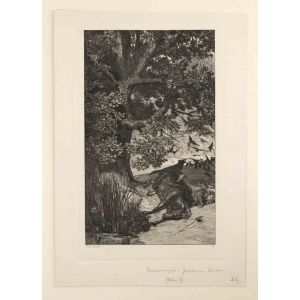
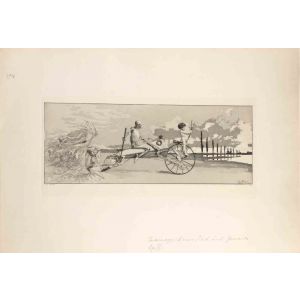
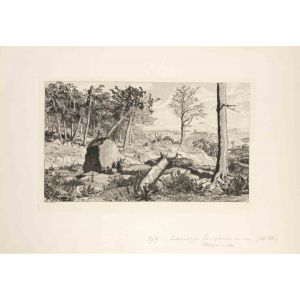
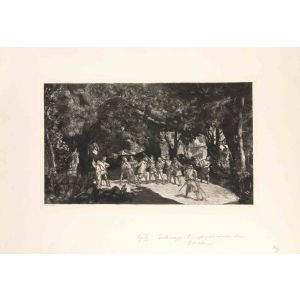
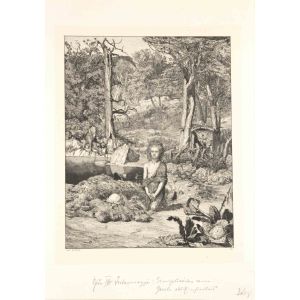
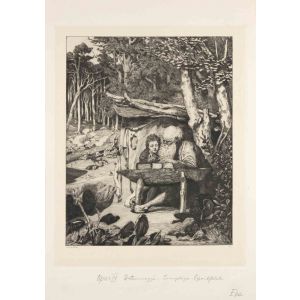
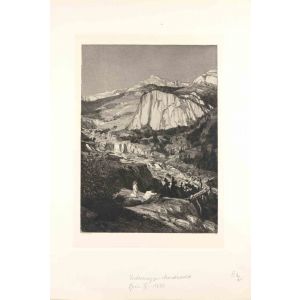

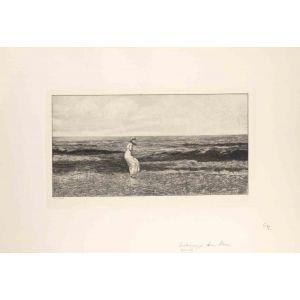
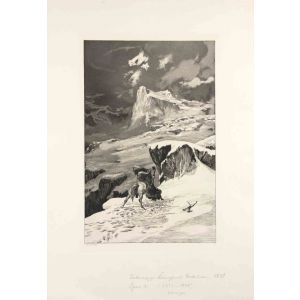















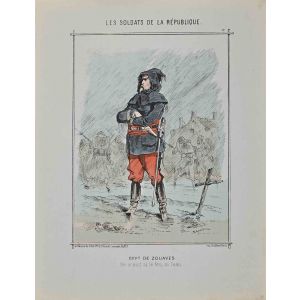


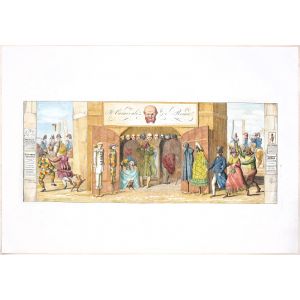







Validate your login
Sign In
Create New Account